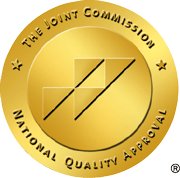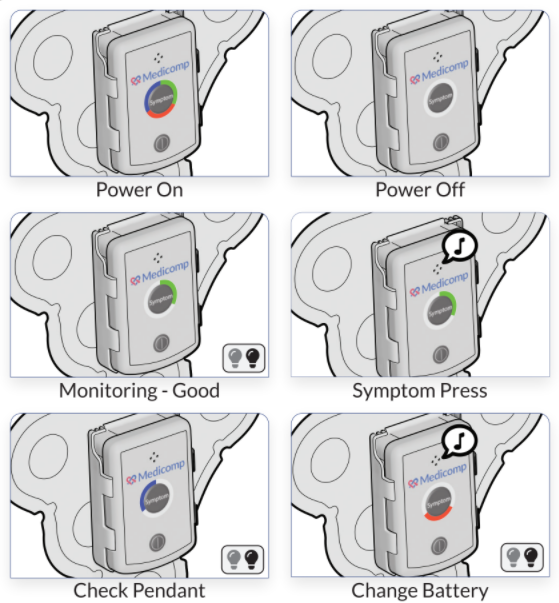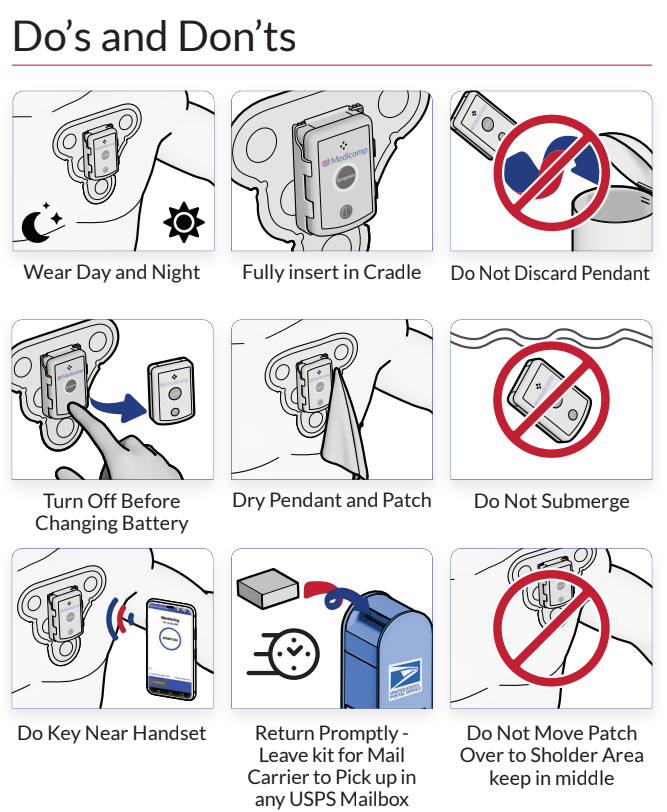When most individuals visit a doctor, they don’t categorize their caretakers as male, female, white, Latino, tall, short, Catholic, or Baptist. They are simply the people who are going to do their best to make that person feel better. Others, however, focus on a team that best resembles their ethnicity or background. It has been noted that some feel slighted when they visit a clinic and find staff of another background; they believe they cannot easily discuss their problems with a person from outside their belief system. American health care, unfortunately, seems very one-sided with predominantly white male doctors, pharmacists, and dentists. ReactDx, the portable cardiac monitor company, addresses the trend linking health care worker diversity and patient care.
Black Americans, being at the tail end of life expectancy, have a difficult time finding a diverse medical practice and may simply visit the doctor only in dire emergencies, which often leads to less favorable outcomes. To that end, Dr. Douglas Garland, Jr., of the Association of Black Health Professionals wants to bolster the diversity of health care providers in the United States to decrease the lifespan discrepancy among races. His goal is to add more diversity to administration, pharmaceutical positions, and private and public practices. Garland states, “When patients walk into an institution and they see from top to bottom there are people who look like them, that helps promote trust and confidence in the system.”
A report from the Agency for Health care Research Quality’s National Health Care Disparities Report 2011 used quality measures to determine the care of individuals of differing races. Their findings were that, compared to white Americans, black Americans received sub-standard care for 41% of quality measures; Hispanics received poorer care for 39% of the measures, and the care of Asians, American Indians, and Inuits differed unfavorably 30% of the time.
The immediate answer to this situation is for all hospital personnel to improve their cultural competence. Learn to understand and respect patients who are different than you in race, ethnicity, beliefs, gender, and socioeconomic status. Know your personal biases, and work through them to give the most appropriate care possible. With an unbiased approach, a patient feels more relaxed and communication is less inhibited. The patient will develop a rapport with staff and be more likely to make an appointment when early symptoms of a disorder arise rather than when the pain is unbearable. Together, the patient and physician can problem solve issues when a clear line of communication is established. Help your patients and your practice by working with them, and let ReactDx help you. Call ReactDx at 800-23-HEART or contact us online to learn about the latest technological advances in portable cardiac monitors.



